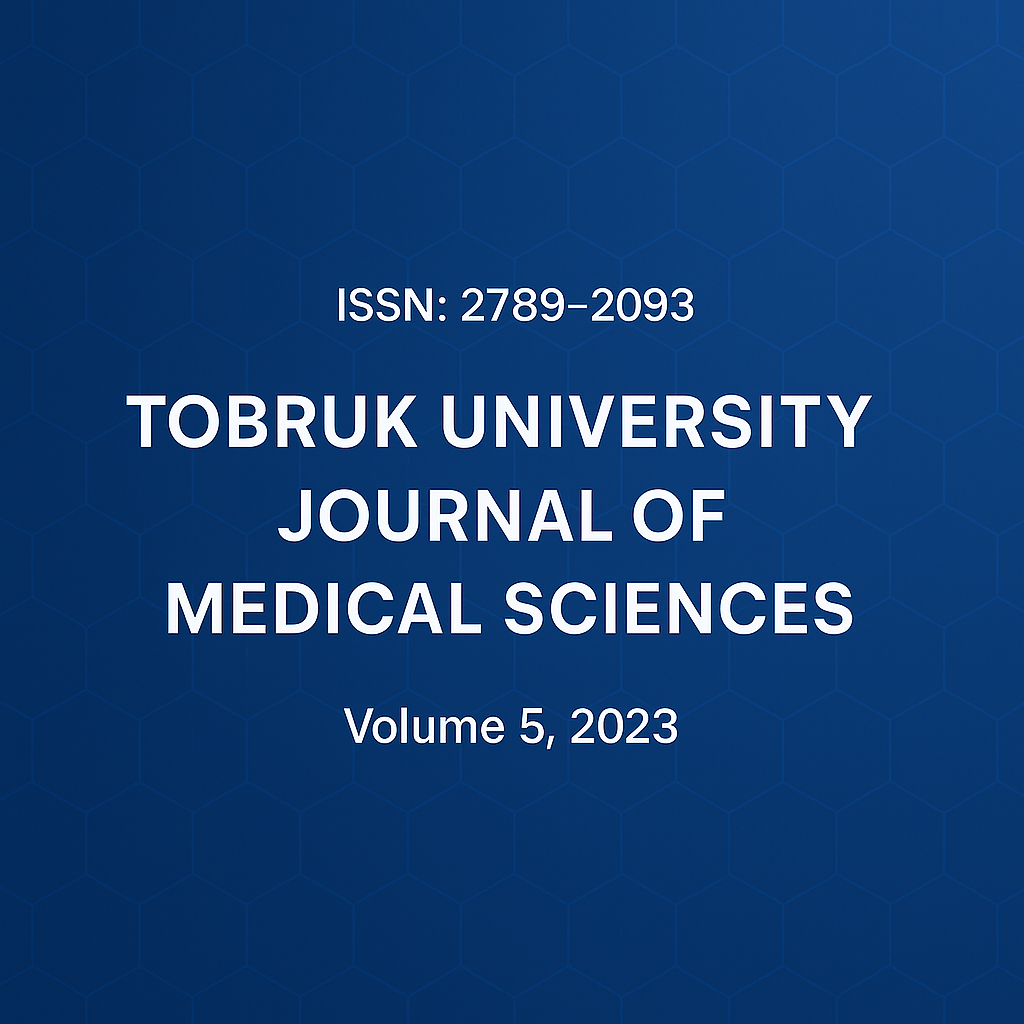Study on Percentage of Tannin and Caffeine in Libyan Green Tea Beverages and their Nutritional Effect on Human Health
DOI:
https://doi.org/10.64516/6exbgz74Keywords:
Tannin, Caffeine, Libyan Traditional Methods, Heating Time, Nutritional Healthy Benefits, Libyan Green Tea BeverageAbstract
This study is to determinate the percentage of caffeine and tannin in green tea by three Libyan traditional methods and the effect of heating time. Also, it aimed to study the nutritional healthy benefits and side effects of these constituents. Three samples of vert chine chunmee (NAPT) of green teas were analyzed. The first sample was raw, the second sample was boiled for 30 minutes and the third sample was boiled for 5 minutes. The heating temperature was at 100C˚. The percentage of tannin and caffeine were estimated in each sample. Caffeine percentage in the three samples was 0.021, 0.022, 0.012, respectively. Tannin participation in green tea prepared by second Libyan traditional method (green tea boiled for 30 minutes) has 83mg/100ml of tannin. This value is higher than raw and third Libyan traditional method (green tea boiled for 5 minutes), which it was 10.9 mg/100 ml and 49mg/100ml, respectively. This study reveals that the heating time affects on the percentage of caffeine and tannin in green tea; as the heating time increases, the percentage of caffeine and tannin increases. But the percentage of tannin in green tea prepared by traditional Libyan methods was higher than caffeine. The rise in tannin percentage in green tea may lead to genetic defect; therefore, the third Libyan traditional method (boiling time for 5 min) may nutritionally consider the best for improving human health, followed by the first Libyan method. They provide the smallest percentage of caffeine and tannin in Libyan green tea beverages.
References
1. National Heart, Lung, and Blood Institute (NHLBI). Clinical guidelines on the identification, evaluation, and treatment of overweight and obesity in adults: the evidence report. Obes Res. 1998;6 Suppl 2:S51–209.
2. Murase T, Nagasawa A, Suzuki J, Hase T, Tokimitsu I. Beneficial effects of tea catechins on diet-induced obesity: stimulation of lipid catabolism in the liver. Int J Obes Relat Metab Disord. 2002;26:1459–64.
3. Wolfram S, Wang Y, Thielecke F. Anti-obesity effects of green tea: from bedside to bench. Mol Nutr Food Res. 2006;50:176–87.
4. The Diabetes Prevention Program Research Group. The Diabetes Prevention Program (DPP): description of lifestyle intervention. Diabetes Care. 2000;25:2165–71.
5. National Cholesterol Education Program (NCEP). Third report of the expert panel on detection, evaluation, and treatment of high blood cholesterol in adults (Adult Treatment Panel III). Circulation. 2002;106:3143–421.
6. Berube-Parent S, Pelletier C, Doré J, Tremblay A. Effects of encapsulated green tea and guarana extracts containing epigallocatechin-3-gallate and caffeine on 24 h energy expenditure and fat oxidation in men. Br J Nutr. 2005;94:432–6.
7. Florian P, Kroesen AJ, Zetz M, Fromm M, Schulzke ID. Cytokine-dependent transcriptional down-regulation of epithelial sodium channel in ulcerative colitis. Gastroenterology. 2004;126:1711–20.
8. Janeiro P, Oliveira BAM. Catechin electrochemical oxidation mechanisms. Anal Chim Acta. 2004;518:109–15.
9. Mochizuki M, Yamazaki S, Kano K, Ikeda T. Kinetic analysis and mechanistic aspects of autoxidation of catechins. Biochim Biophys Acta. 2002;1569:35–44.
10. Pasrij D, Anandhamakrishnan C. Techniques for extraction of green tea polyphenols: a review. Int J Food Sci Nutr. 2015;8:935.
11. Yuann JMP, Jun-Yun J, Chang HH, Liang JY. Effects of temperature and water steeping duration on antioxidant activity and caffeine content of tea. J Food Sci. 2015;7:e3.
12. Farhoosh R, Golmovahhed G, Khodaparast MH. Antioxidant activity of various extracts of old tea leaves and black tea wastes (Camellia sinensis L.). Food Chem. 2007;100:231–6.
13. Yang DJ, Hwang LS, Lin JT. Effects of different steeping methods and storage on caffeine, catechins, and gallic acid in bag tea infusions. J Chromatogr A. 2007;1156:312–20.
14. Cabrera C, Giménez R, López MC. Determination of tea components with antioxidant activity. J Agric Food Chem. 2003;51:4427–35.
15. Graham HN. Green tea: composition, consumption, and polyphenol chemistry. Prev Med. 1992;21:334–50.
16. Rietveld A, Wiseman S. Antioxidant effects of tea: evidence from human clinical trials. J Nutr. 2003;133:3285S–92S.
17. Hirasawa M, Takada K. Multiple effects of green tea catechin on the antifungal activity of antimycotics against Candida albicans. J Antimicrob Chemother. 2004;53:225–9.
18. Newman J. Cooking with green tea. Food Guides. 2021 [cited 2021 Sep 18].
19. Katiyar S, Elmets CA, Katiyar K. Green tea and skin cancer: photoimmunology, angiogenesis and DNA repair. J Nutr Biochem. 2007;18:287–96.
20. Sinija VR, Mishra HN. Green tea: health benefits. J Nutr Environ Med. 2008;17(4):232–42.
21. Lee MJ, Maliakal P, Chen L. Pharmacokinetics of tea catechins after ingestion of green tea (-)-epigallocatechin-3-gallate by humans: formation of different metabolites and individual variability. Cancer Epidemiol Biomarkers Prev. 2002;11:1025–32.
22. Devine A, Hodgson JM, Dick IM, Prince RL. Tea drinking is associated with benefits on bone density in older women. Am J Clin Nutr. 2007;86(4):1243–7.
23. Rehman URS, Kausar A. Effect of time and temperature on infusion of tannins from commercial brands of tea. Int J Agric Biol. 2004;6(6):1000–4.
24. Chin JM, Johnson C, Saltzman E. Caffeine content of brewed teas. J Anal Toxicol. 2008;32(12):326–30.
Downloads
Published
Issue
Section
License
Copyright (c) 2021 Ambaraka Eid Elferjani, Fawzia Ahmed Mohamed, Amal Rajab Agila (Author)

This work is licensed under a Creative Commons Attribution 4.0 International License.











